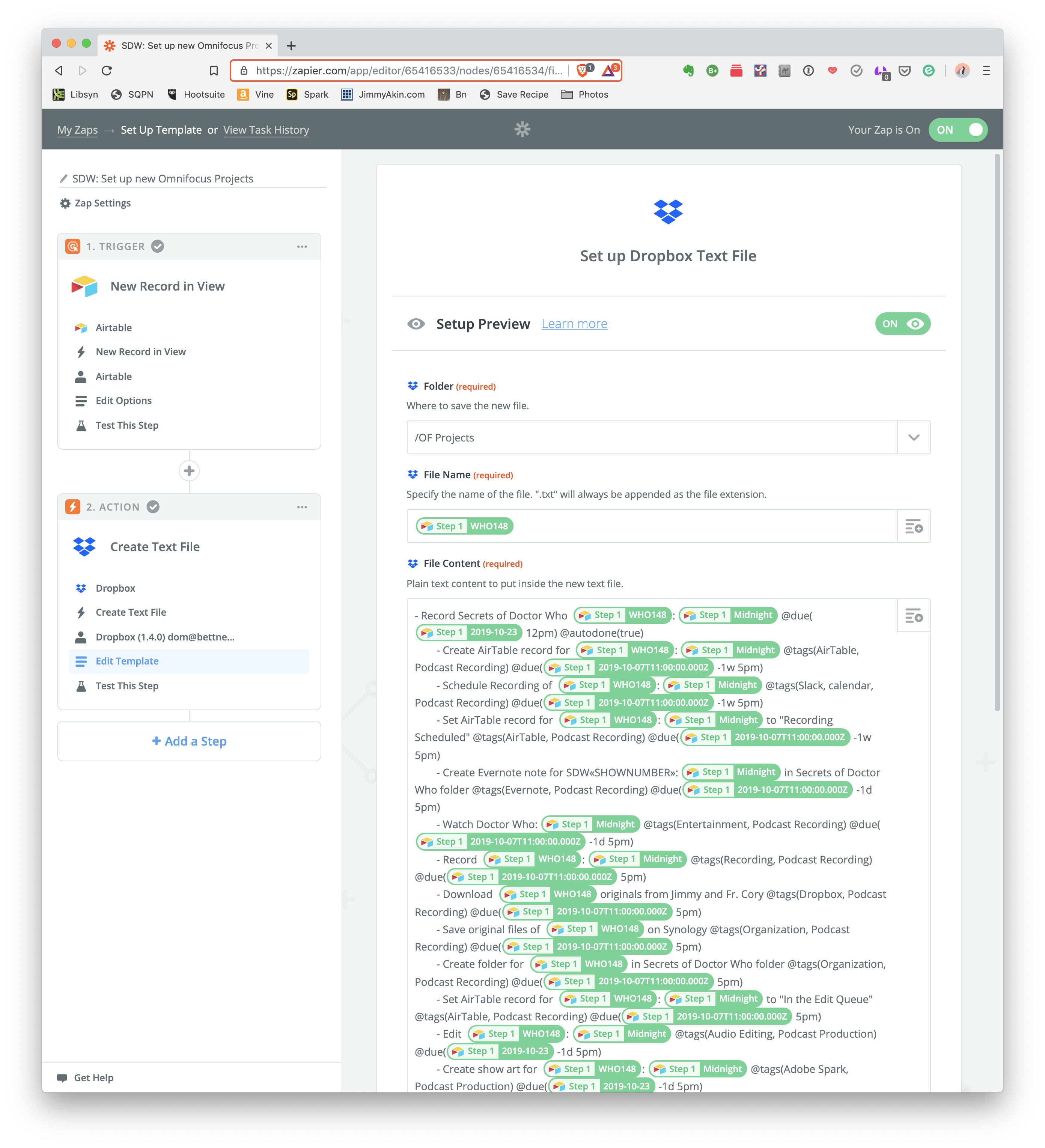


There are a variety of potential options, but for our purposes, we want to pick Send Email. You'll then be asked to select an action for Gmail to take. For this example, let's pick Gmail as the action app. You can pick Gmail, Email by Zapier (which will send an outbound email from a custom email address), Mailgun, or another mail service supported by Zapier. If everything works, then you'll be prompted to move onto the next step of your Zap.įor the second step, you'll be asked to pick an action app. With Airtable as a trigger, we'll need to specify the base and table by clicking the dropdown menu and selecting the appropriate options (in this case, we want the "Sales CRM" base and the "Accounts" table).įor the last part of the first step, Zapier will ask you to test your trigger. If you do not already have an API key, you will need to generate an API key, to enter into Zapier.Īfter selecting the appropriate account, you'll then be prompted to configure the trigger-specific setup options. The next step is to connect your Airtable account to Zapier (or to select an already connected Airtable account). In this case, we want the Zap to run whenever a new record is available. After selecting Airtable as the trigger app, you will be prompted to choose the specific conditions for activating the trigger. In this case, we would like Airtable to trigger an action (sending an email)-so Airtable would be considered the trigger app. The first step of any Zap is to set up a trigger. We recommend taking a moment to name your Zap to keep track of it. Here is the page where we will set up the trigger and action for our Zap.

You'll then be brought to the Zap configuration page. Now, say we wanted to be notified via email whenever we get a new account (a new account record is created in our table).Īfter connecting your Airtable account and your email account with Zapier, you can create a Zap that makes Zapier regularly look for new records in a specified Airtable base and table. In our "Accounts" table we keep track of all our client accounts.
Airtable zapier how to#
To do this, you'll need to copy your API key from your Airtable account page and paste it into Zapier when prompted.įor more detailed examples of how to create Zaps yourself, read on!Įxample 1: Creating a Zap with Airtable as the trigger (Send an email notification whenever a new record is created)įor this example, we will be using the Sales CRM template. When making the Zap, you can decide whether you want Airtable to be the trigger app or the action app. In either case, you'll need to connect your Airtable account to Zapier. From the home page, click the "Make a Zap!" button. To make a Zap with Airtable, you'll need to log in to Zapier (or create an account).


 0 kommentar(er)
0 kommentar(er)
